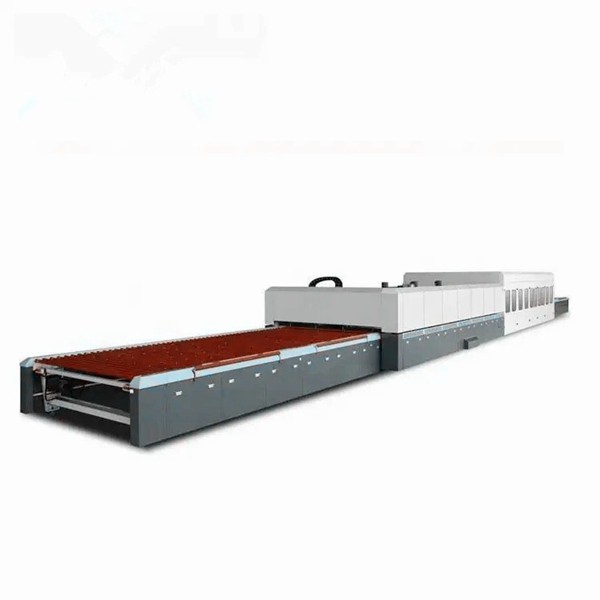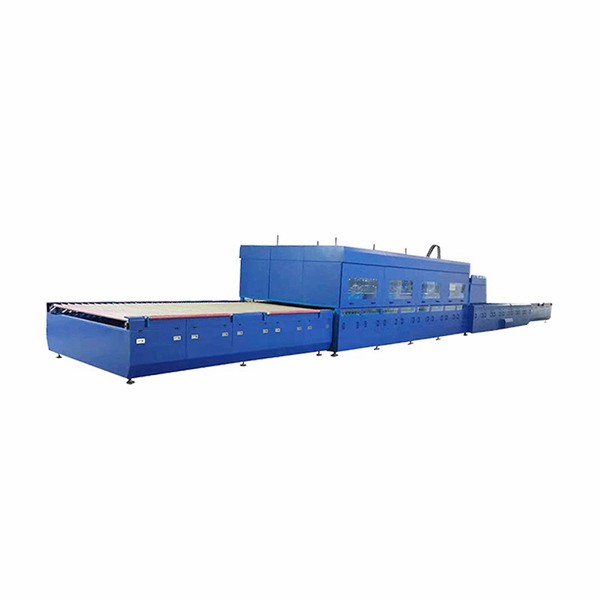Good Quality Glass Laminating Bending Tempering Furnace Price
Product description
Glass tempering furnaces are widely used in fields such as construction, furniture, household appliances, and automobiles. In the field of architecture, tempered glass has become the preferred material for building curtain walls, doors and windows, partitions, and other materials due to its high strength, high safety, and beautiful appearance. In the field of furniture and home appliances, tempered glass is widely used in the manufacturing of products such as dining tables, coffee tables, and oven doors due to its excellent heat resistance and impact resistance. In the automotive field, tempered glass is widely used in front windshields, side windows, and other parts of cars due to its lightweight, high strength, and good safety characteristics.
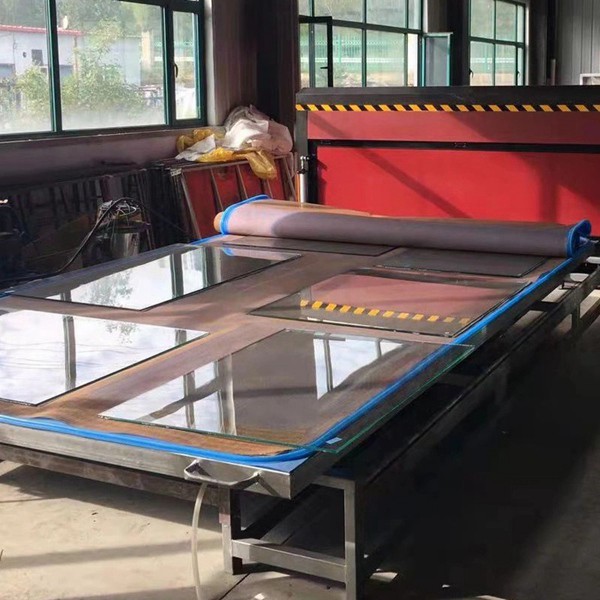
Glass tempering furnace usually consists of heating system, cooling system, conveying system, and control system. The heating system adopts high-efficiency radiation heating elements, such as electric heating wires or gas burners, to ensure that the glass is uniformly heated. The cooling system achieves rapid cooling of the glass through forced air or water cooling. The conveying system is responsible for transporting the glass from the inlet to the outlet, completing the entire tempering process. The control system is responsible for monitoring and adjusting parameters such as temperature and wind speed inside the furnace to ensure the stability of glass tempering quality.
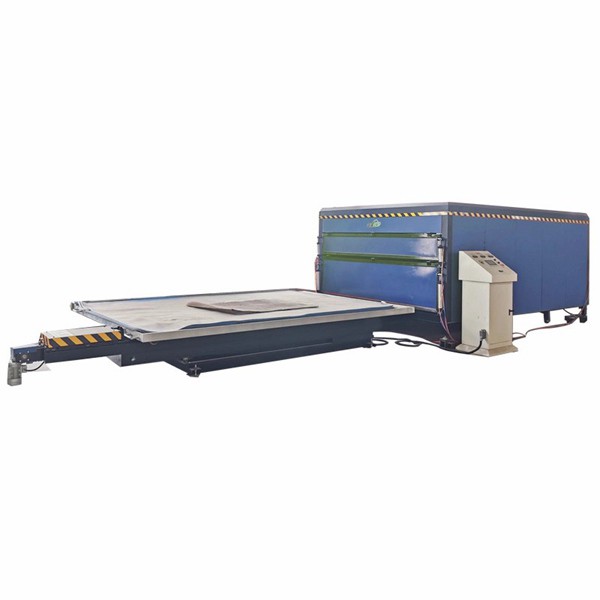
The working principle of a glass tempering furnace is mainly based on the tempering process of glass. During the heating stage, the glass is uniformly heated to near the softening point, causing a change in the internal structure of the glass, an increase in intermolecular distance, and enhanced fluidity. Subsequently, during the rapid cooling stage, the glass surface rapidly cools to form compressive stress, while the interior maintains a higher temperature due to a slower cooling rate, resulting in tensile stress. This balance of internal and external stresses gives tempered glass high mechanical strength and thermal stability.
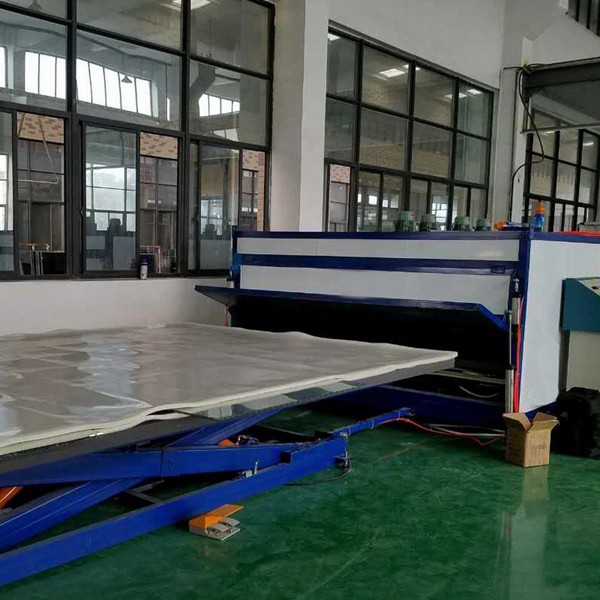
The glass tempering furnace adopts a perfect combination of radiation heating and thermal equilibrium heating, making the furnace temperature more uniform and reducing the phenomenon of "furnace explosion" caused by excessive local temperature difference. Glass tempering furnaces have significant advantages in the glass deep processing industry. Manufacturers need to fully consider their advantages and disadvantages when selecting and using glass tempering furnaces, and choose and optimize them based on their own actual situation.


Recommended products
